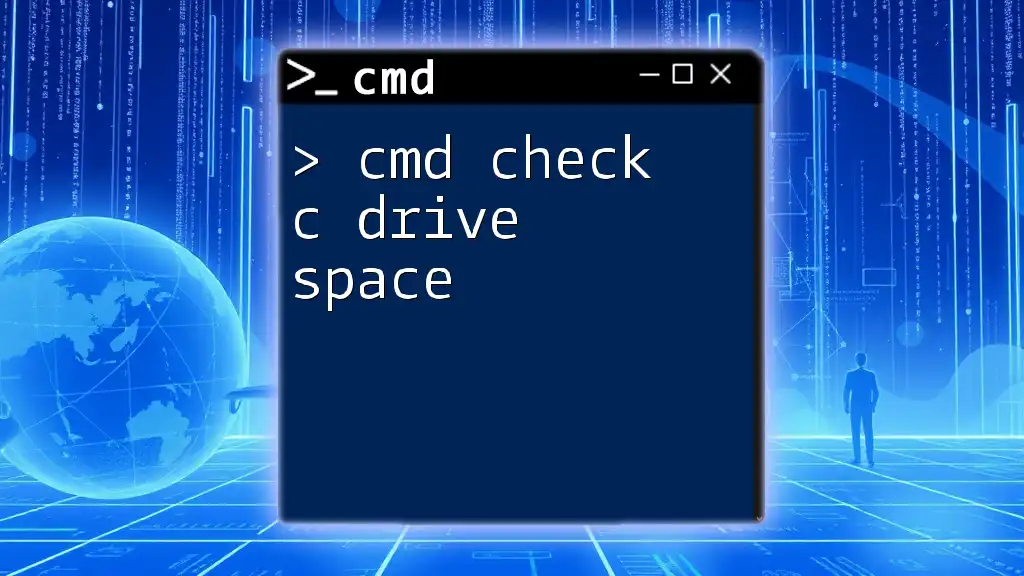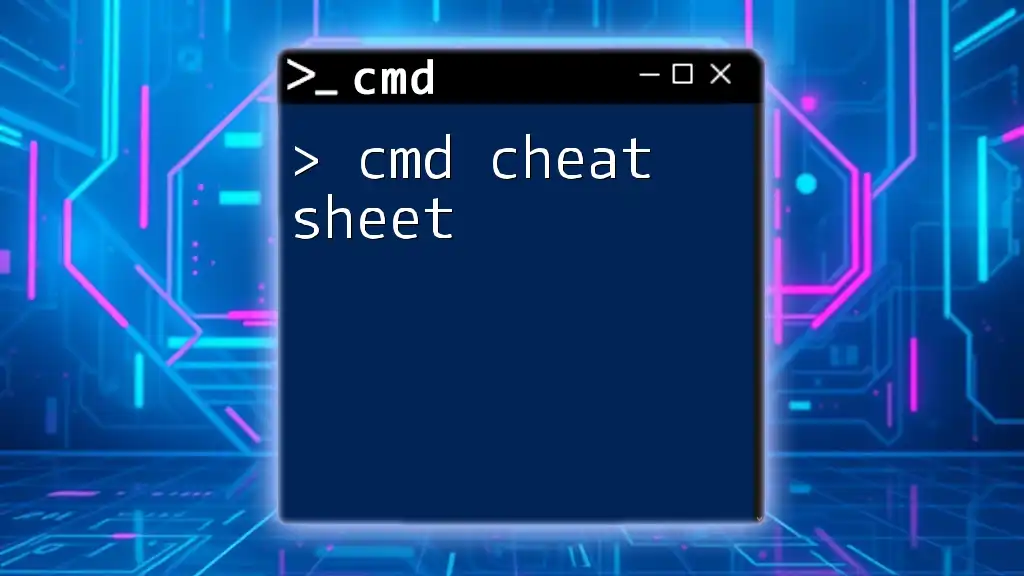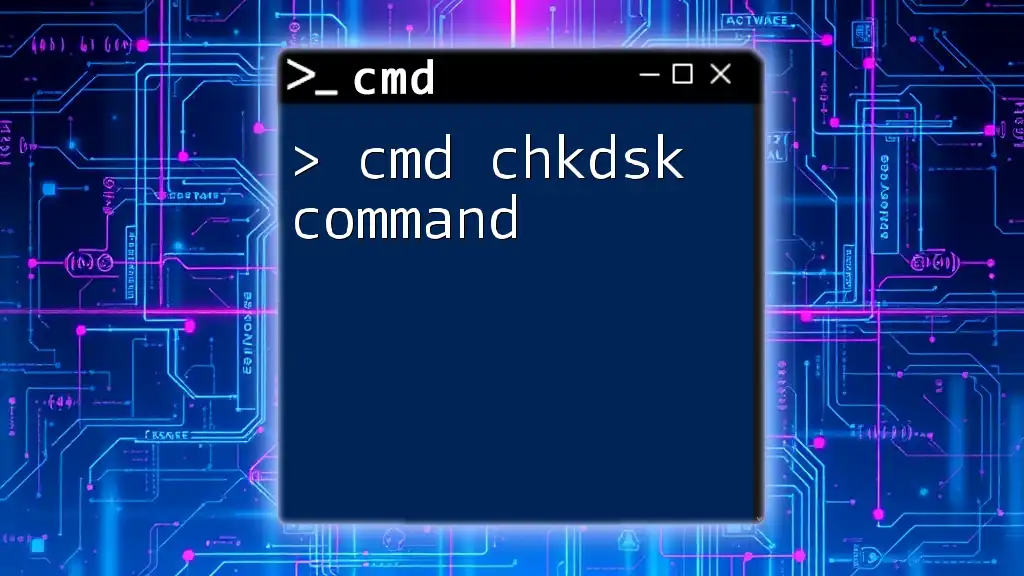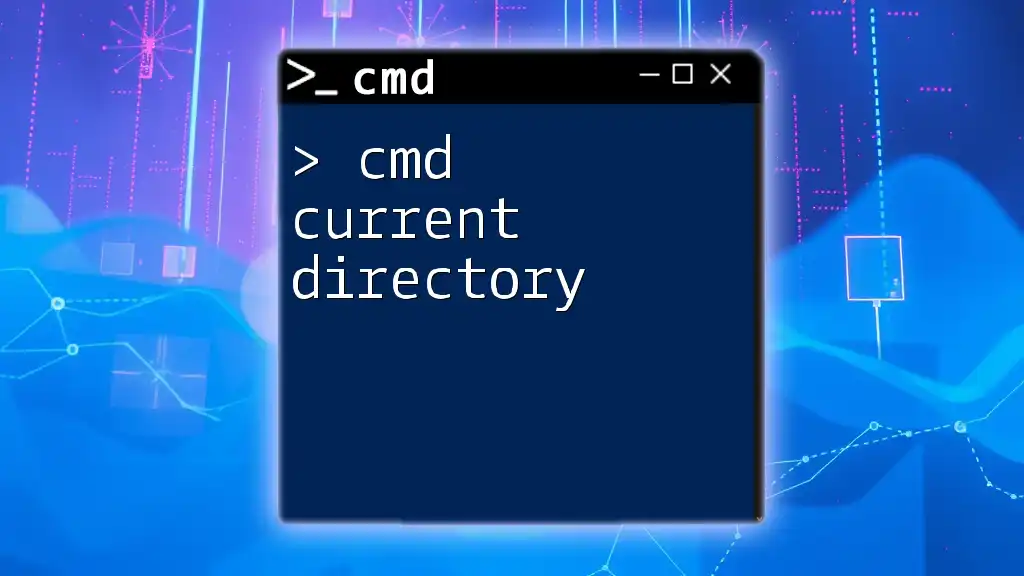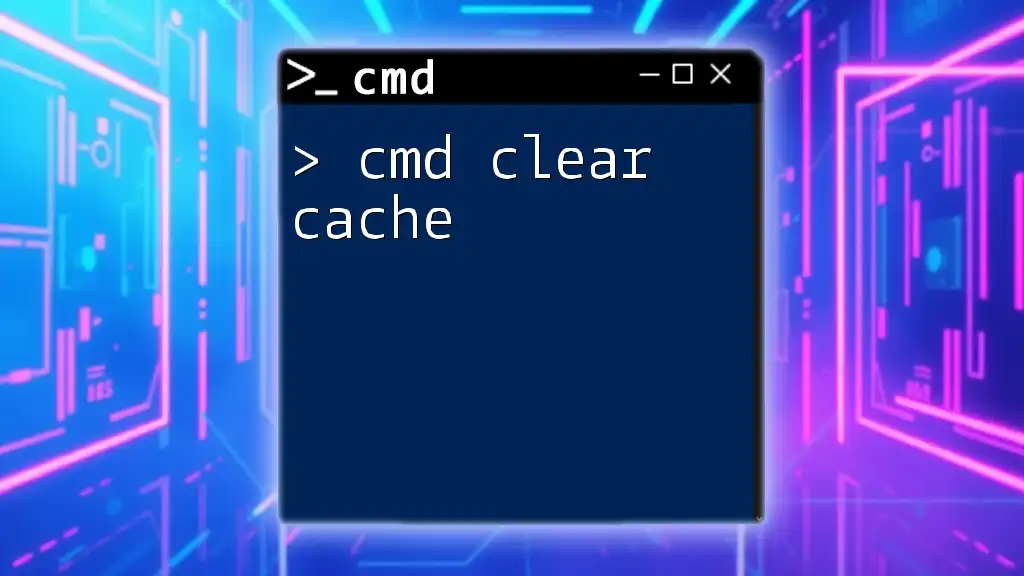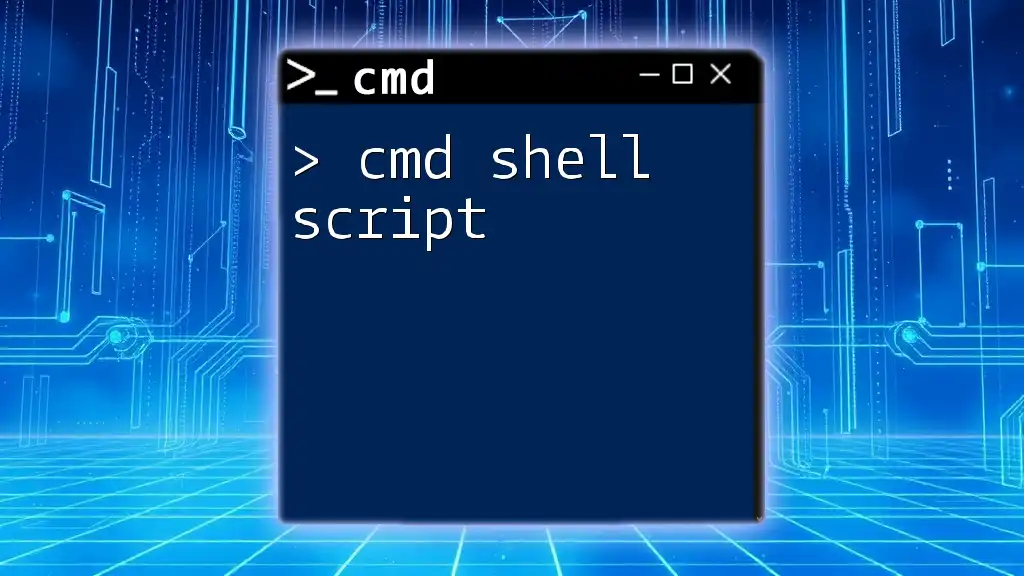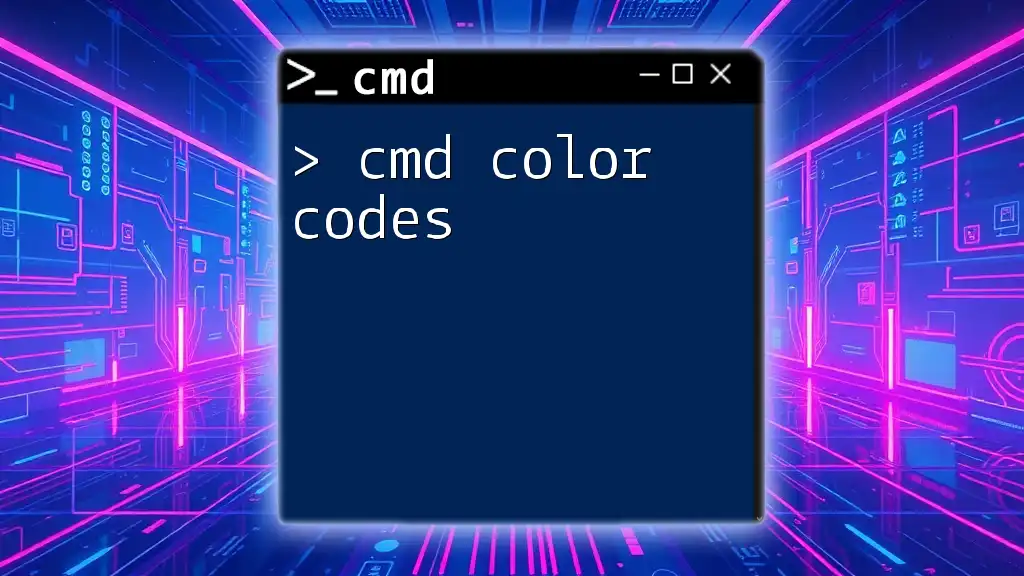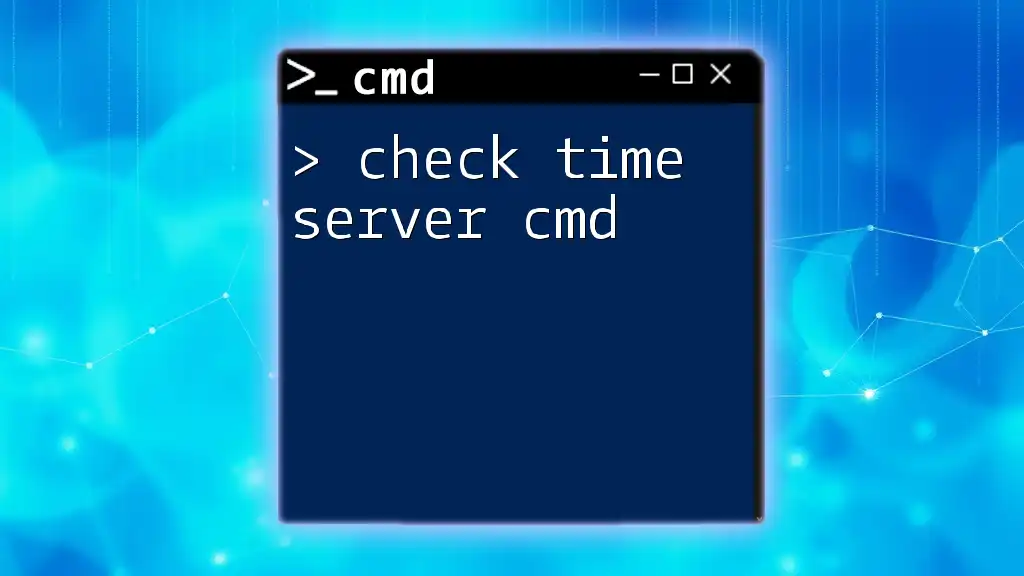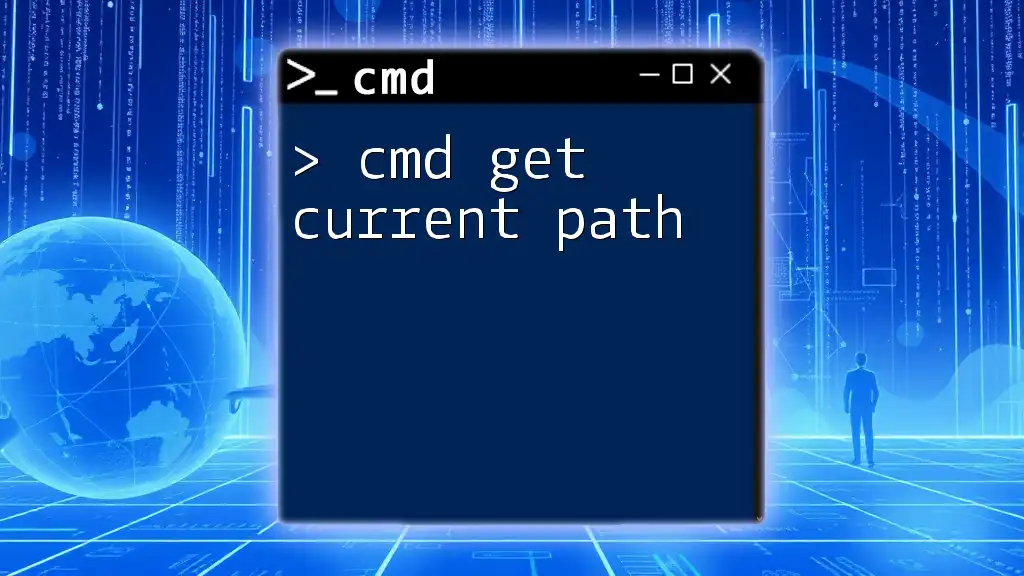To check the available space on the C drive using cmd commands, you can utilize the `wmic` command as follows:
wmic logicaldisk where "DeviceID='C:'" get FreeSpace, Size
Understanding Disk Space
What is Disk Space?
Disk space refers to the storage capacity available on your computer’s hard drive. This capacity is critical because it determines how much data, applications, and operating system files can be stored. Over time, as files accumulate, the importance of managing disk space becomes evident to ensure smooth operation and efficient performance.
Why Check C Drive Space?
Checking the space of your C Drive—the primary storage location for the operating system and applications—is essential for various reasons:
- Performance: Low disk space can lead to sluggish performance, causing programs to run slowly or even crash.
- Storage Management: Regular disk space checks help you identify unnecessary files and programs that may be hogging resources.
- System Alerts: Windows may alert you when disk space is running low, leading to potential disruptions in work and data loss.

How to Use CMD to Check C Drive Space
Opening Command Prompt
To begin checking your C Drive space, start by opening Command Prompt. Here are a few methods:
-
Method 1: Using Windows Search: Click on the Start Menu and type “cmd” or “Command Prompt” in the search bar. Click on the application when it appears.
-
Method 2: Using Run Dialog: Press `Win + R` to open the Run dialog, type `cmd`, and hit Enter.
-
Method 3: Accessing Through the Start Menu: Navigate to Start > Windows System > Command Prompt.
Basic CMD Command to Check Disk Space
Once Command Prompt is open, you can use the `wmic` command to check your disk space quickly. The command is as follows:
wmic logicaldisk get size,freespace,caption
This command retrieves information about all logical disks on your system.
Description of Output Variables
When you execute the command, you will receive output showing three primary variables:
- Size: This indicates the total disk space available on your C Drive, usually displayed in bytes.
- FreeSpace: This variable tells you how much storage remains available for use.
- Caption: This simply represents the drive letter (e.g., C:) that you are querying.
Example of Command Usage
After running the command:
wmic logicaldisk get size,freespace,caption
You might see an output that looks like this:
Caption FreeSpace Size
C: 15000000000 25000000000
In this example:
- The free space is approximately 15 GB.
- The total size of the drive is about 25 GB.
This straightforward output allows you to quickly gauge how much space you have left.
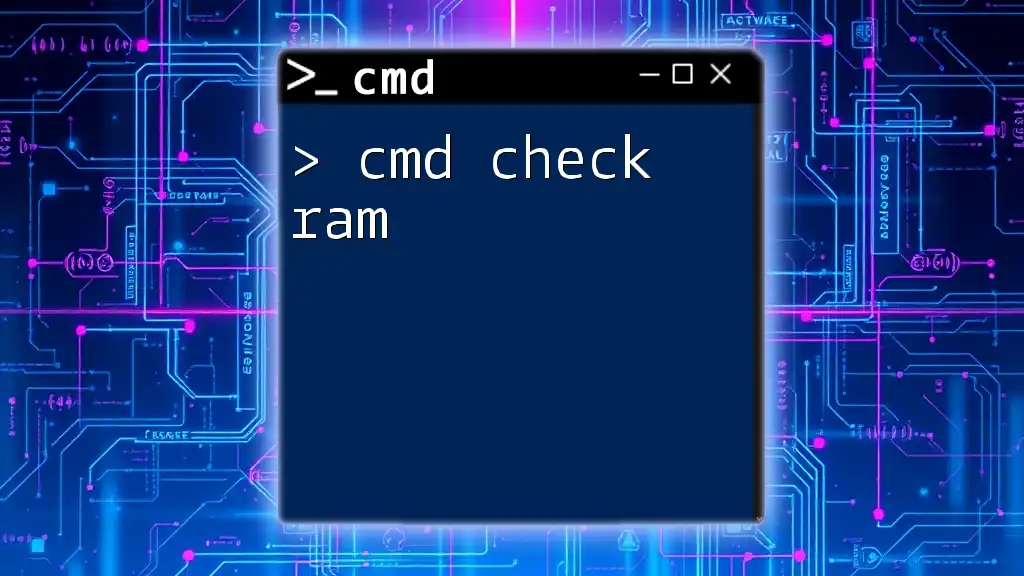
Advanced Command Options
Using the `fsutil` Command
For those who wish to dive deeper into disk statistics, the `fsutil` command offers advanced options. You can obtain precise information about the disk free space by using:
fsutil volume diskfree C:
This command provides a breakdown of total bytes, available bytes, and total reserved bytes.
Explanation of Output
When executing this command, you receive detailed output that includes:
- Total # of bytes: The complete storage of the drive.
- Available # of bytes: The space that is not currently used by files or system processes.
- Total # of reserved bytes: Memory set aside by the system, which may not be available for regular storage needs.
Checking Disk Space with PowerShell
Although CMD is powerful, many users find PowerShell to be a versatile alternative. It offers additional capabilities and is designed to handle more complex tasks easily.
To check your C Drive space using PowerShell, you can execute:
Get-PSDrive C
This command provides a concise summary of the drive after also including any important metrics like used and free space.
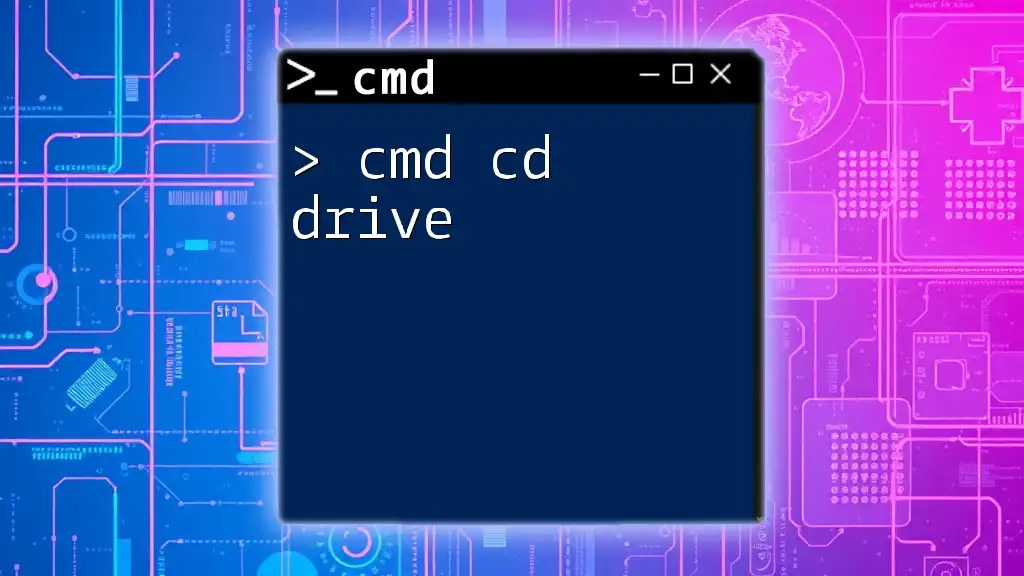
Automating Disk Space Checks with Scripts
Creating a Batch File
For those who frequently need to check their disk space, creating a batch file can save time. Here’s a simple guide on how to create one.
- Open Notepad (or any text editor).
- Paste the following script:
@echo off
echo Checking Disk Space...
wmic logicaldisk get size,freespace,caption
pause
- Save the file with a `.bat` extension, such as `CheckDiskSpace.bat`.
When you double-click this file, it will execute the command to check disk space and display the results.
Scheduling the Batch File
To further streamline your disk space checks, you can schedule the batch file to run automatically using Task Scheduler. This is how:
- Open Task Scheduler (search in the Start Menu).
- Select Create Basic Task from the sidebar.
- Follow the prompts to name your task and set a trigger (e.g., daily).
- Point it to your batch file for execution.
By automating this process, you can ensure regular monitoring without manual intervention.
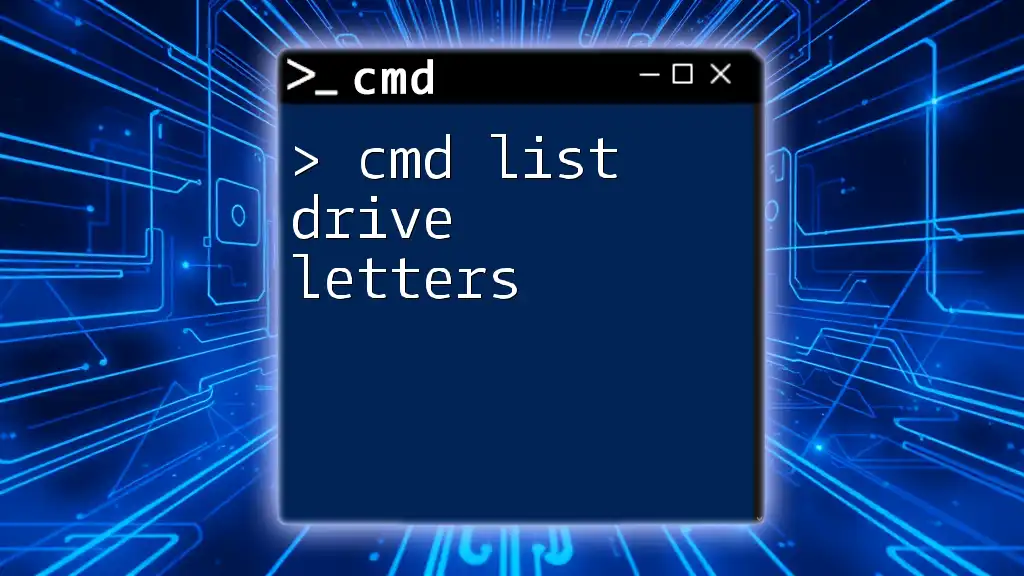
Conclusion
Regularly checking the C Drive space using CMD is an essential practice for maintaining system health. Using commands like `wmic` and `fsutil`, you can easily monitor disk usage and address space issues before they become problematic. Don't forget to automate these checks through batch files if disk space management is crucial to your daily routine.
For those looking to enhance their skills, keep an eye out for more CMD tips and tricks that can empower you in managing your Windows environment efficiently!
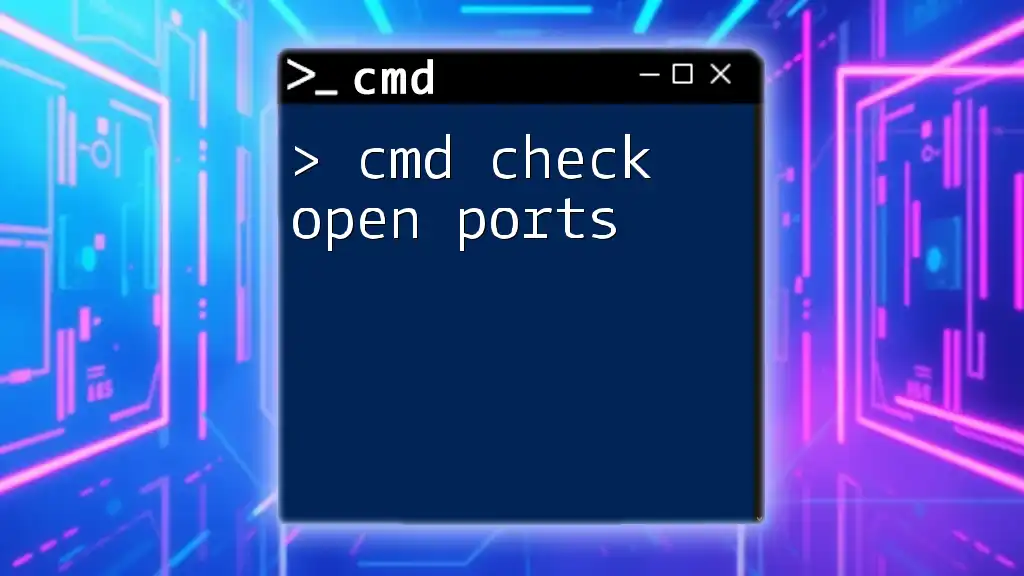
Additional Resources
To delve deeper into CMD commands and improve your command-line skills, explore additional articles and third-party disk management tools that can provide more advanced functionalities.

